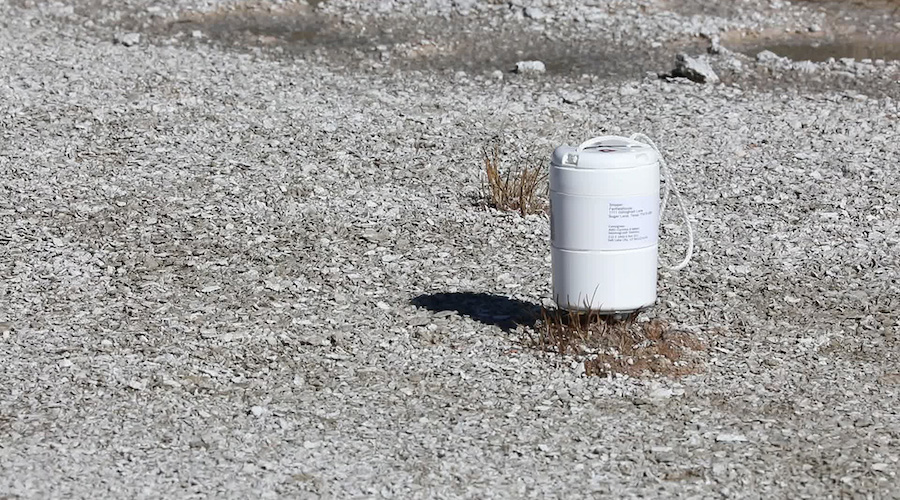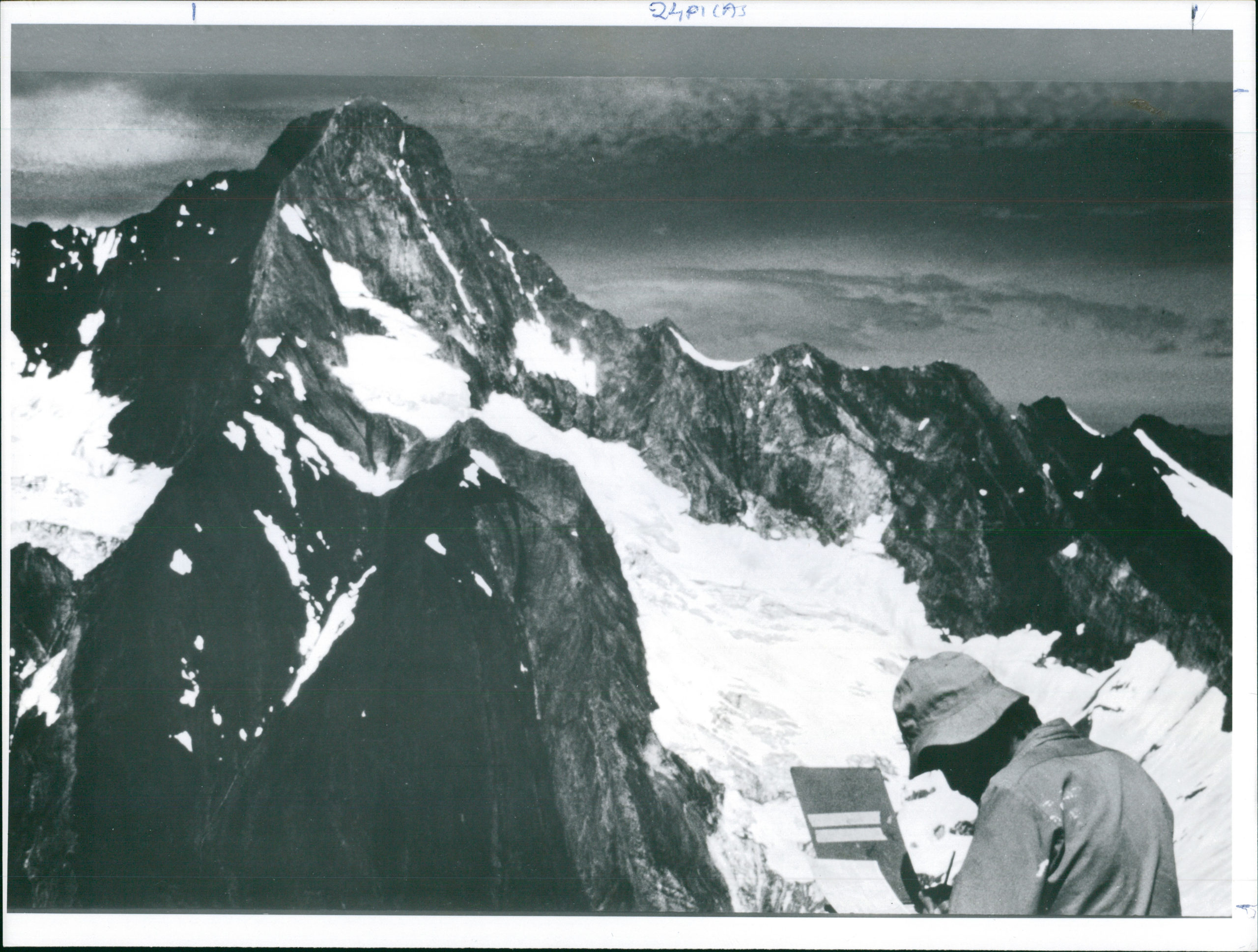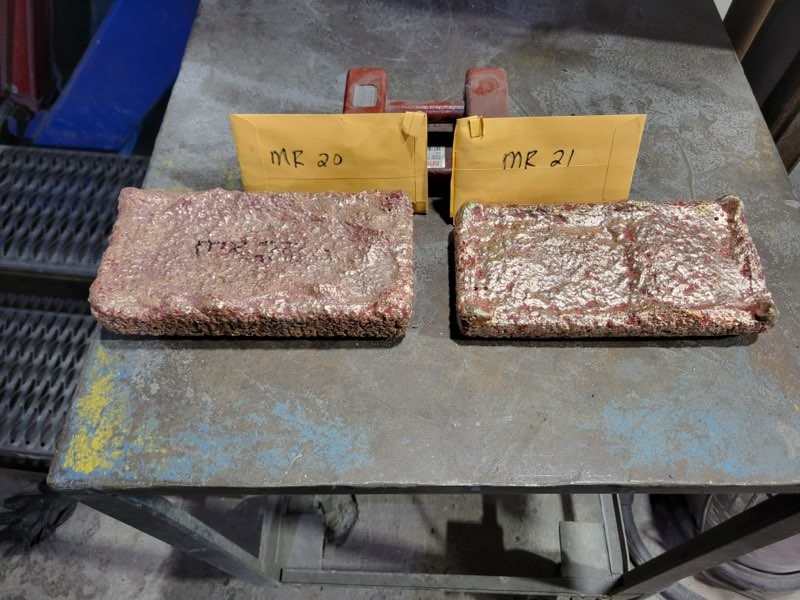How ‘leaky waves’ from ambient noise can reveal what lies underneath earth’s surface

Researchers based at China’s Southern University of Science and Technology have improved the way of studying the geologic structures beneath earth’s surface by using ambient noise, such as the constant hum of sounds made by people and natural processes, like mining activities or waves crashing on a beach.
In a paper published in the journal Geophysical Research Letters, the group led by Zhengbo Li explains that when an earthquake occurs, several types of waves radiate from the event’s source. P waves and S waves move through the interior, and Love and Rayleigh waves or normal modes move across the planet’s surface. The speeds at which these waves travel and how each type is scattered in the subsurface can reveal a wealth of different information about the underground structures.



